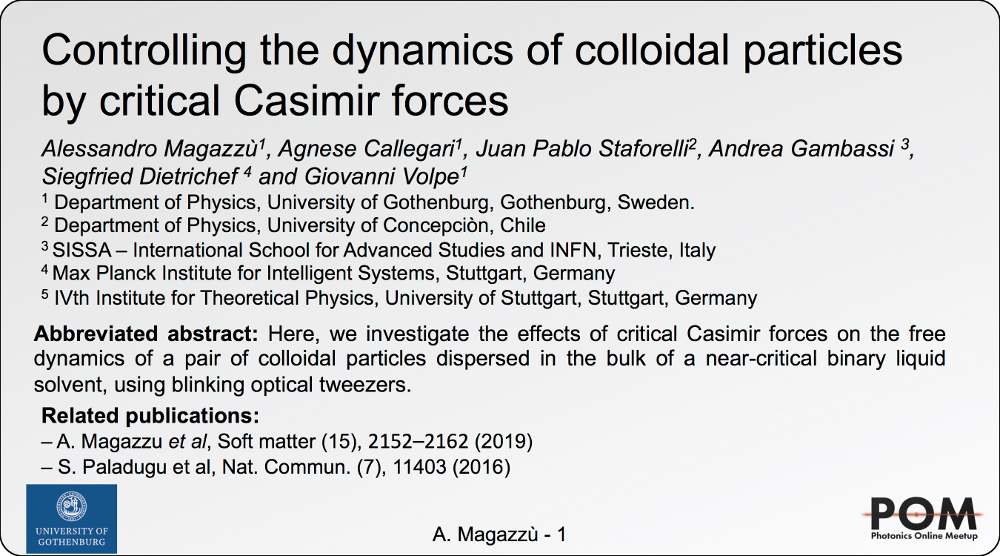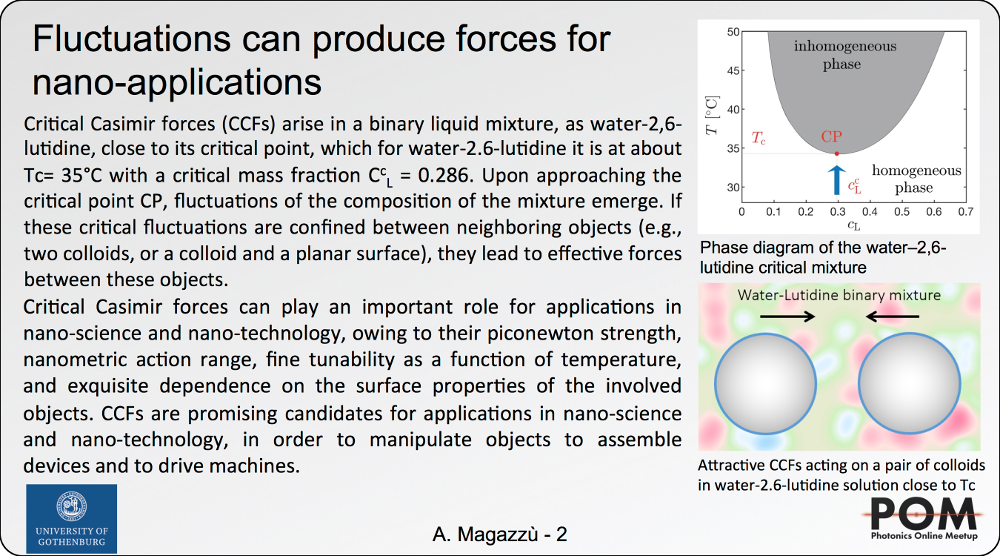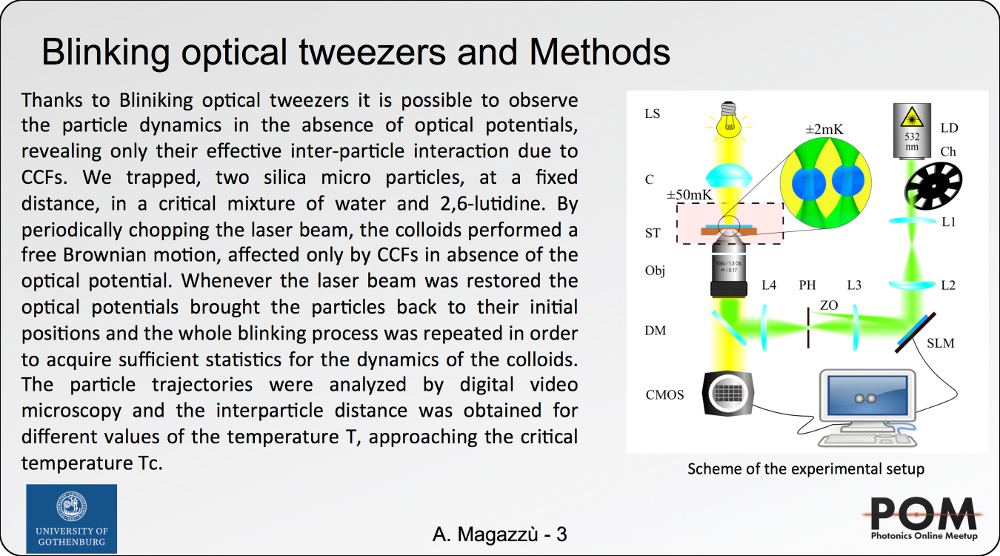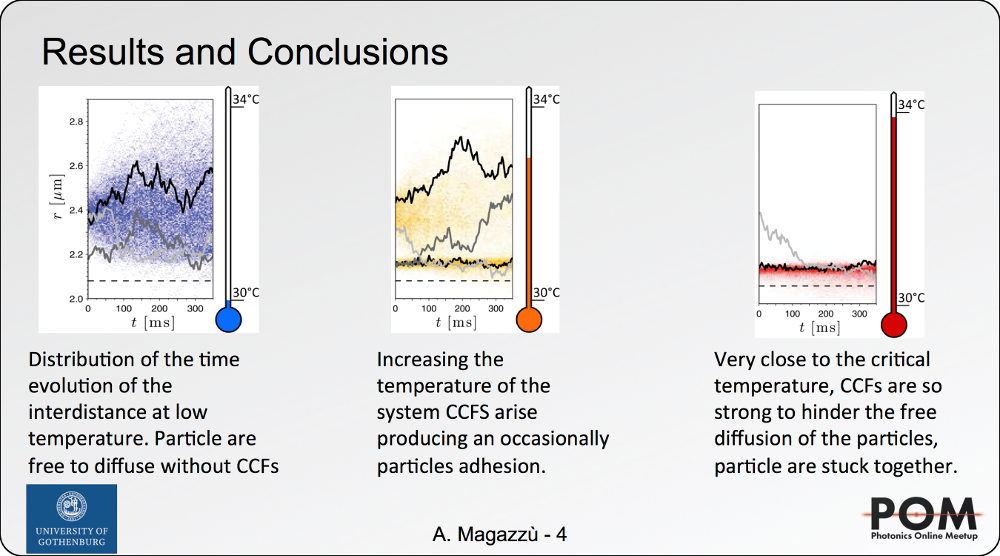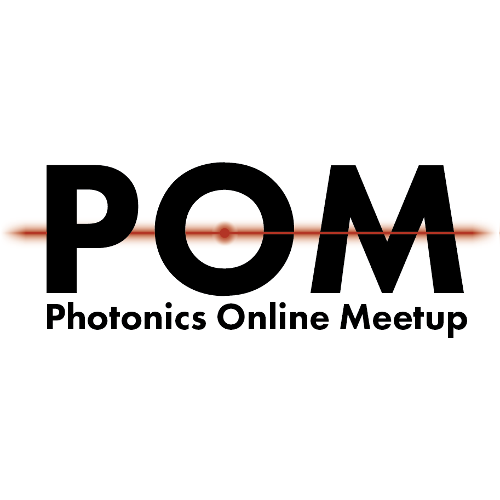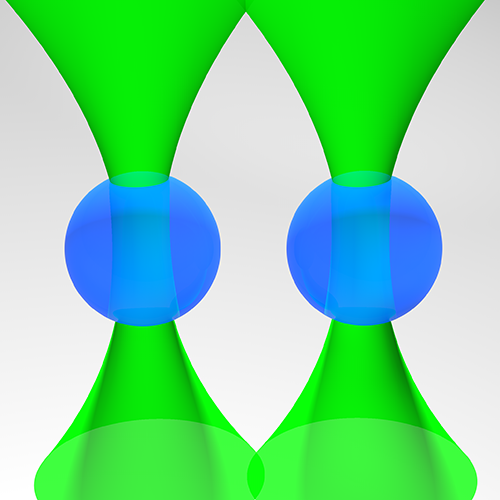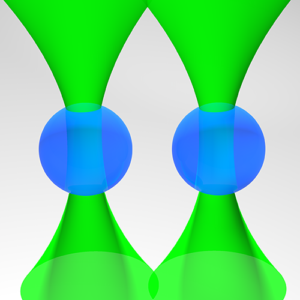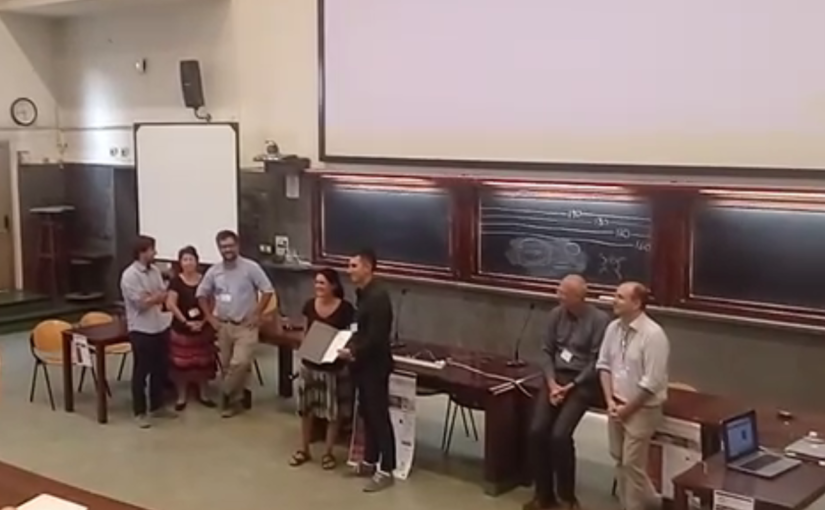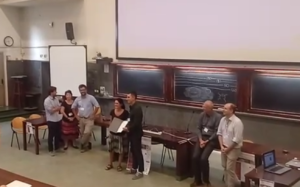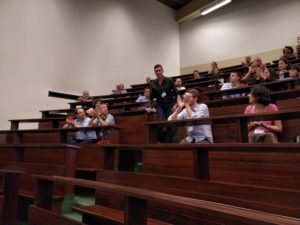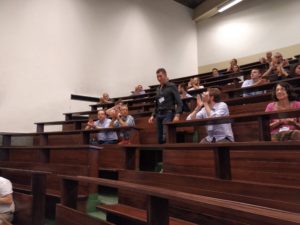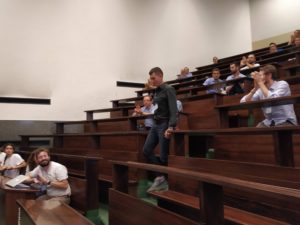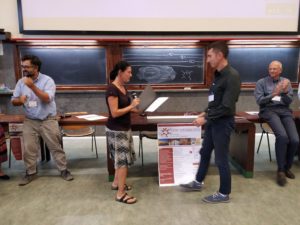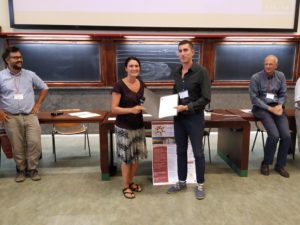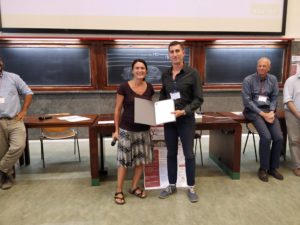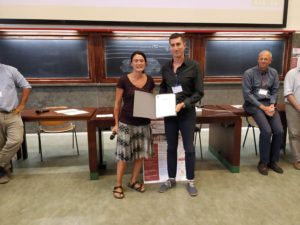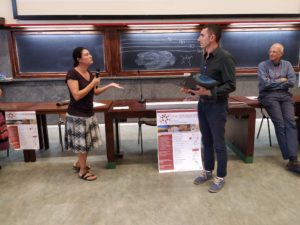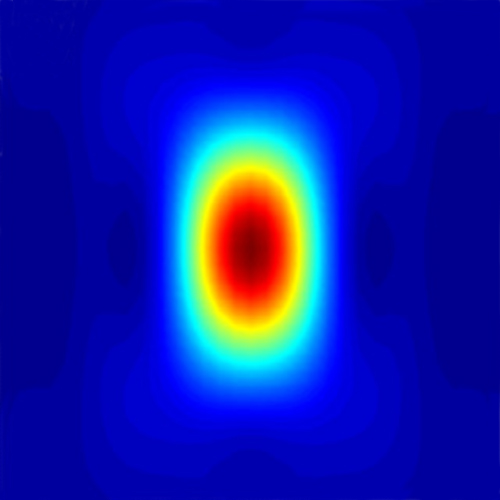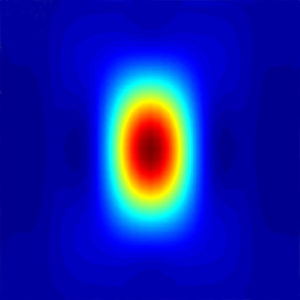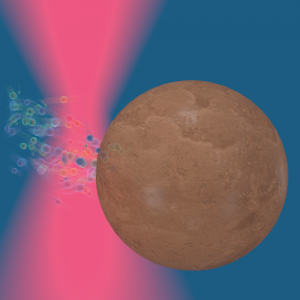Controlling the dynamics of colloidal particles by critical Casimir forces
Alessandro Magazzù, Agnese Callegari, Juan Pablo Staforelli, Andrea Gambassi, Siegfried Dietrich and Giovanni Volpe
Click here to see the slides.
Twitter Link: here.
Critical Casimir forces can play an important role for applications in nano-science and nano-technology, owing to their piconewton strength, nanometric action range, fine tunability as a function of temperature, and exquisite dependence on the surface properties of the involved objects. Here, we investigate the effects of critical Casimir forces on the free dynamics of a pair of colloidal particles dispersed in the bulk of a near-critical binary liquid solvent, using blinking optical tweezers. In particular, we measure the time evolution of the distance between the two colloids to determine their relative diffusion and drift velocity. Furthermore, we show how critical Casimir forces change the dynamic properties of this two-colloid system by studying the temperature dependence of the distribution of the so-called first-passage time, i.e., of the time necessary for the particles to reach for the first time a certain separation, starting from an initially assigned one. These data are in good agreement with theoretical results obtained from Monte Carlo simulations and Langevin dynamics.
Poster Session
Time: June 22nd 2020
Place: Twitter
POM Conference
Link: POM
Time: June 25th 2020
Place: Online
